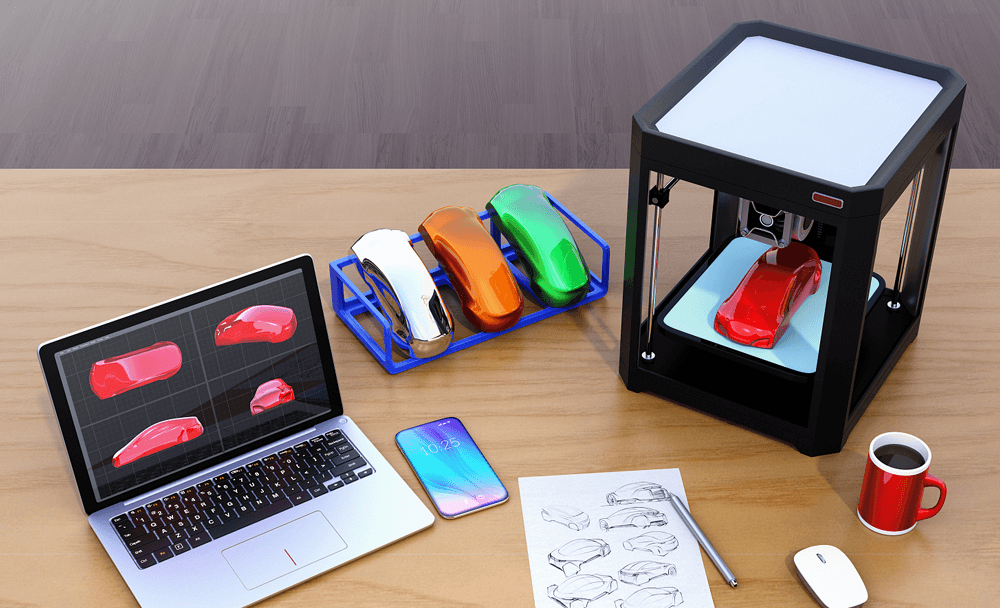People usually prefer things to be done quickly and smoothly, but when it comes to 3D printing, they often wonder how long it takes to complete the entire process. Several factors affect the speed of 3D printing of different objects but usually, a miniature object with low-quality settings can be completed within 30 minutes, meanwhile, a larger and a high-quality object might take hours or even several days. The 3D object printing speed varies due to the size, structure, and geometry of different objects. The smaller the object and the less complex geometry, the lesser time it will take to complete the process and vice versa.
When noticing a 3D printer’s speed settings, it might seem like you will get the quickest prints if you select the fastest mode setting, but there is a lot more than that. The duration of printing an object impacts might impact the size and the quality settings of the objects. For a smaller print, it might not be noticeable but for the larger prints, the difference in the quality is highly noticeable and is roughly around 20%. It is recommended that the objects are printed in a slower setting for better quality until you are in a rush.
However, a rough estimate is given for the time of 3D printers according to the size of the objects but still, there are a lot of factors that affect the time speed of the printing. The following are the factors that dictate the build time of different 3D printers.
Try Made by Aria Now
All information and uploads are secure and confidential.
Complexity Of 3D Models
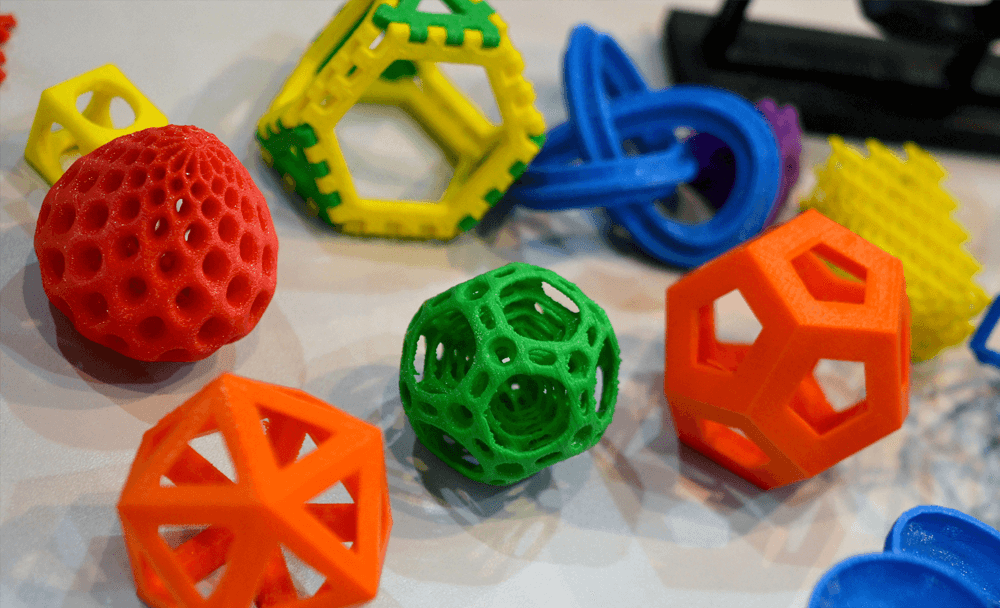
This factor is pretty obvious that the time depends on the complexity of the models. The larger objects and complex designs take much more time than any of the models that would be smaller in size and are not that complex. The volume of the objects is a very important factor because small-scale objects will take less time than large-scale objects. The estimated time for a smaller object is mostly 5 minutes and a larger object can take more than 200 hours.
That is the reason that it is hard to predict how long a 3D model will take to print without noticing its design and complexity including shape and volume. A model’s footprint is defined as the area it takes to build a surface of a model. The larger the footprint, the longer it will take to print because it will need to cover that whole area from its home position to complete just one layer of the model every time. Hollow models take less time than solid ones because the printer will have to cover comparatively less surface area.
The height of the 3D model is probably the single most dimension to determine the speed and the time it will take. The taller models or the taller part of a model will take a long time as compared to others because it will have to create more layers and due to that the print head will have to make more passes for each layer. In many cases, the different layers can also have different geometry. Complex layers are hard to replicate for the print head. The extent to which part geometry influences build time is highly reliant on the 3D printing technology implemented.
Type Of 3D Printer And Printing Technology
The speed of 3D printers is also determined by them. There is a large selection of both fast and slow printers. Faster printers are more expensive than slower ones. Faster printers are expensive and difficult to afford for consumers.
When compared to SLA 3D printers, LCD 3D printers 3D print faster. When 3D printing is a complex shape of a large object, SLA and LCD 3D printing are speedier than FDM. FDM may have minor advantage when it comes to 3D printing simple models.
Material Used In 3D Models
Since different 3D models are made from different materials, that factor also affects the time required for printing. Some materials used in 3D printing are hard to process by 3D printers. The materials need to be processed when printing, so the materials that are easy to process take less time in printing, and similarly the hard-to-be-processed materials take longer time and the printing is slowed down overall. The strongest 3D printing material takes a very long time and affects the overall time of the process. There are different extrusion and bed temperatures for different materials. A varying amount of time is required for the 3D printer enclosure material to set and adhere.
Post-Processing Time Of 3D Models
The 3D models are not fully complete and ready for use right after printing, but also require a post-processing process in which cleaning is required of the resulting print which includes polishing models, removing the supports, and curing the printing of the resin models on different temperatures for better finishing. The post-processing is done is to further enhance the model and make it look more attractive. It affects the overall time of completing a model because extra time is required even after printing. Not all prints require post-processing, but the majority of them do.
In FDM 3D prints polishing and removing supports takes a very long time which can go up to 24 and still m might get low quality. An approximate time for post-processing of FDM models is 4-24 hours and can still increase depending upon the model. This consumes a lot of time and slows the process and the work too. Meanwhile, SDL prints take less time to clean and polish than the FDM models. Although the post-processing of SDL prints is less labor-intensive and the cleaning is done in UV Ovens or with alcohol. The estimated time for their post-processing is around 2-8 hours depending on the complexity of the objects. Another type of print is SLS prints and they do not require any removal of supports which speeds up their post-processing. That is the reason that they are high in demand by many popular companies because of their less-intense labor requirements.
Overall all the factors like drying, cleaning, and rinsing of 3D prints are done manually by the laborers and require time depending upon the complexity and shape of objects. The post-processing varies for different processes. Smaller parts require just a couple of minutes for the post-processing meanwhile the larger objects might require hours or sometimes even hours. This slows down the completion of 3D prints with proper finishing and quality.
Enhancement of 3D Models
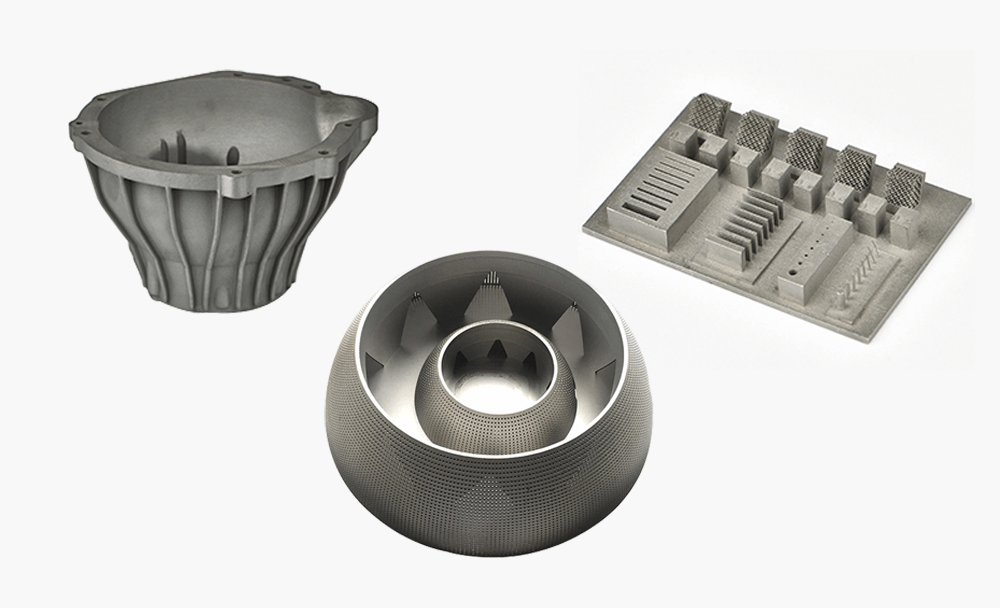
As mentioned above, the prints are not completely ready when they are printed. There is a lot of work that still has to be done after printing. The final touches including metal finishing and painting are done on the objects after printing and post-processing and after that, they are ready to go. For the metal finishing on the 3D prints, it will take an approximate additional 2-3 more weeks. The metal finishing on objects is a delicate task with no room for error. It must be extremely precise because a single error can result in the entire process being redone. Metal plating is never preferred when you are in a rush because it will get ruined anyways. Although if you do not have time for metal plating, you can always go for painting a 3D print. This factor also depends upon the complexity because some prints require multi colors and a very detailed painting meanwhile some don’t and are of the same color.
Try Made by Aria Now
All information and uploads are secure and confidential.
Settings Of A 3D Printer
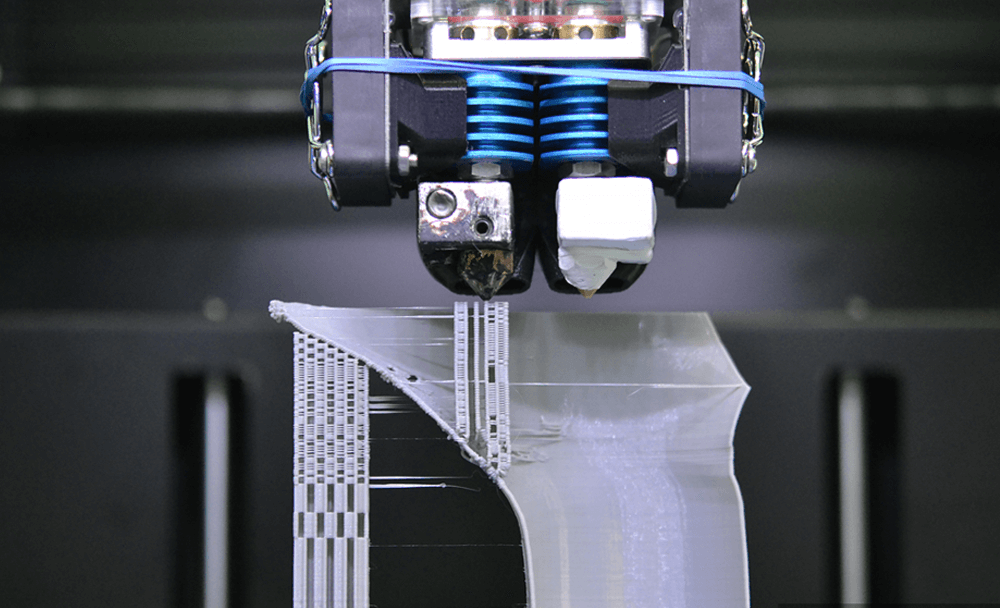
The settings of a 3D printer also matter a lot in the time taken to complete a 3D print. The settings of speeds of a 3D printer can be set up. For better quality, it is recommended to use the slow speed settings. If you want high-quality products, that means that you need to compromise on the speed of printing and only focus on the quality for better results. The quality of the print is determined by the height of each layer of the print and the height of the layers is measured in microns and is usually between 100-500. These settings are adjustable and the user can change them in the settings of the slicer. The thinner the layer settings, the better the print quality and smoothness but with more time.
Infill Settings
Print speed depends upon the infill of the objects to be printed. A hollow object will take comparatively less time than a solid cube. The change due to the infill settings is drastic and zero infill highly reduces the speed as well as the time. Wholly solid objects have higher density infills and take a lot more time because each layer will have to cover that whole surface area instead of just the borders. This saves time as well as the extra filament.
SLA prints high-density objects with more speed than FDM printing. It is because SLA prints are done in layers and their speed depends most upon the height of the object. The whole process of 3D printing is not easy as it seems but requires a lot of considerations and settings that require some time if you are not experienced in using them.
Print Head Size And Speed
The print head is also known as the nozzle of a 3D printer also affects the speed and time of printing. If the size of the print head is larger then it will cover more area in less time than usual. The print head size is measured by its height and diameter and has a great impact on the speed of printing. Nozzles can be upgraded with larger ones for different 3D printers.
The size also impacts the speed of printing because the greater the size of the nozzle and the higher the height, it will be close to the print bed which matters a lot. The change in the speed due to the distance between the nozzle and the print bed is drastic.
What are the factors that can speed up the process?
Speeding up the process of 3D printing comes up with the cost of losing any other factor. Some factors speed up the process including:
- Optimizing the 3D printer settings to a higher 3D print speed will speed up the process but the quality will be sacrificed. The risk and the chances of failure of models also get very high so it needs to be done very carefully.
- The second factor by which you can speed up the process is to scale down the product that needs to print. The smaller scale items always take less time than the larger ones with the exception of the effects of the complexity of some objects.
The hack for saving time in 3D printing is to print all the parts of a model together. But it only works if the 3D printer is large enough to print all of it at the same time together. It also eliminates printing all the parts of the object next to each other.
To save time and difficulties with 3D printing, there is always the option of hiring a 3D printing professional. Many companies provide 3D printing services and have a huge amount of 3D printers that can print multiple parts of the object at the same time. They can deliver your models within a few days depending on your project and its complexity.
Overall many factors affect the time and 3D print speed, but how long it takes varies depending upon the project that needs to be printed. An estimated time is given by the 3D printer when the design and materials are uploaded to the machine. There are different slicing software that gives estimated time by entering various parameters like layer height, nozzle size, filling settings, and the STL file or the design of the object. If you just estimate the time of loading it into a machine, then it can take from a few minutes to even several days depending on the project and its complexity. But if you also add the time of post-processing and enhancing the product with final touchups that would take even longer time.
Try Made by Aria Now
All information and uploads are secure and confidential.
Categories
Share On
Recent Post
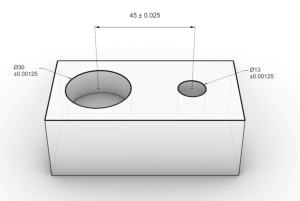
CNC Machining Design Guide
CNC machining—short for computer numerical control machining—turns a digital CAD model into
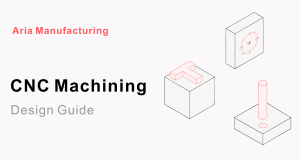
CNC Machining Guide Explained
Computer Numerical Control (CNC machining) is a cornerstone of modern


